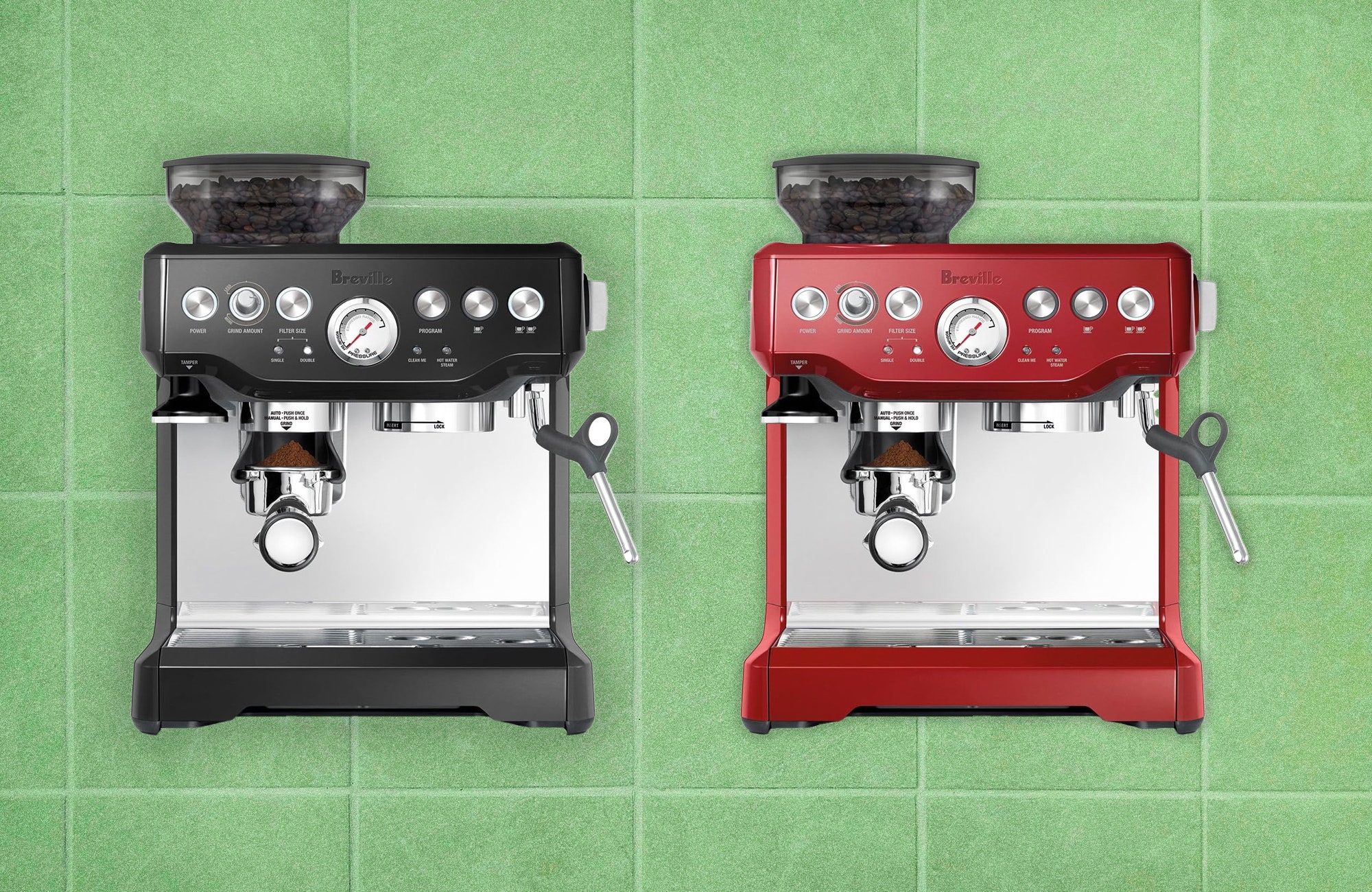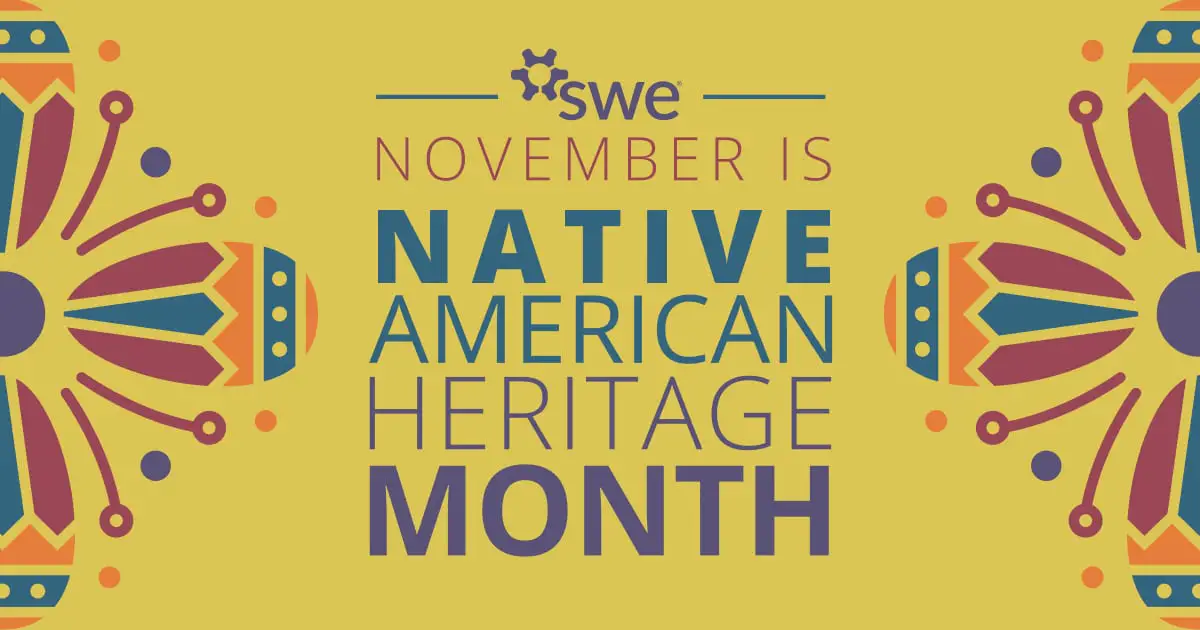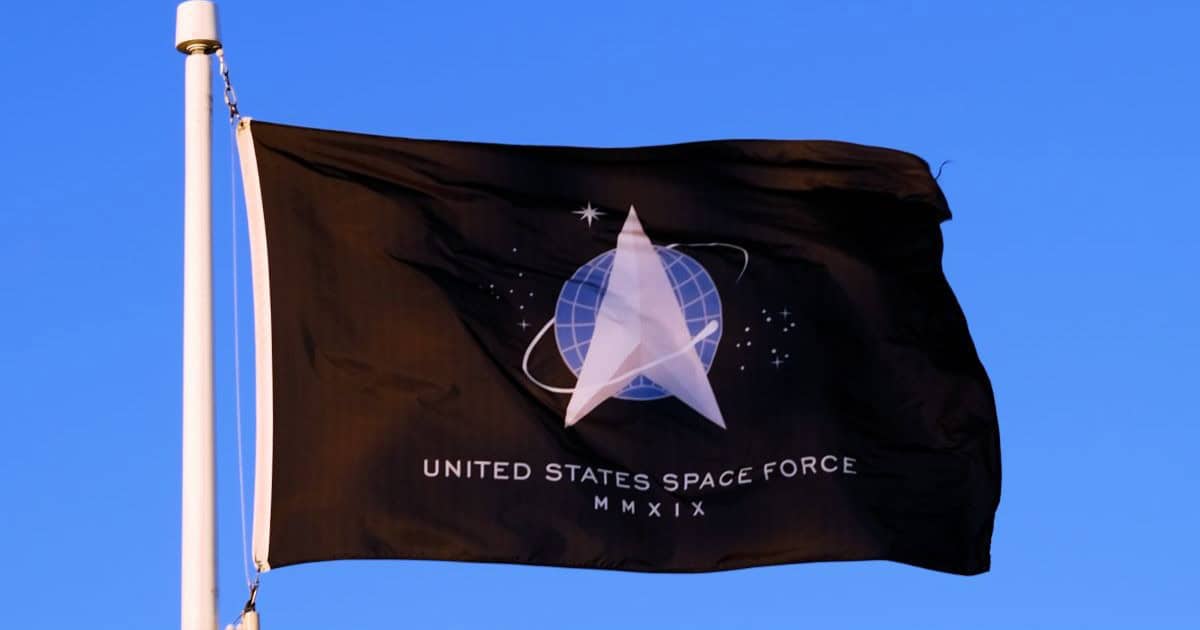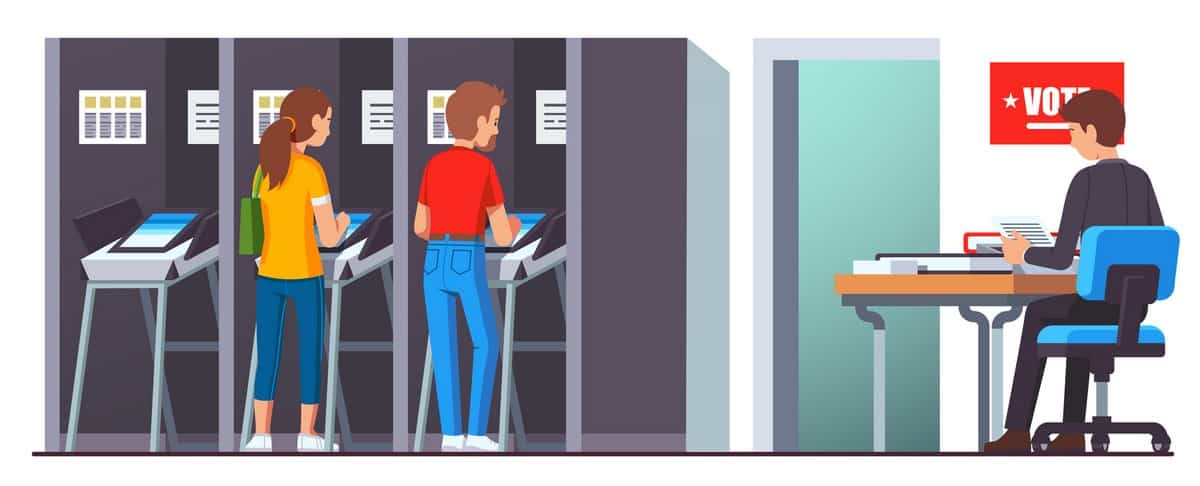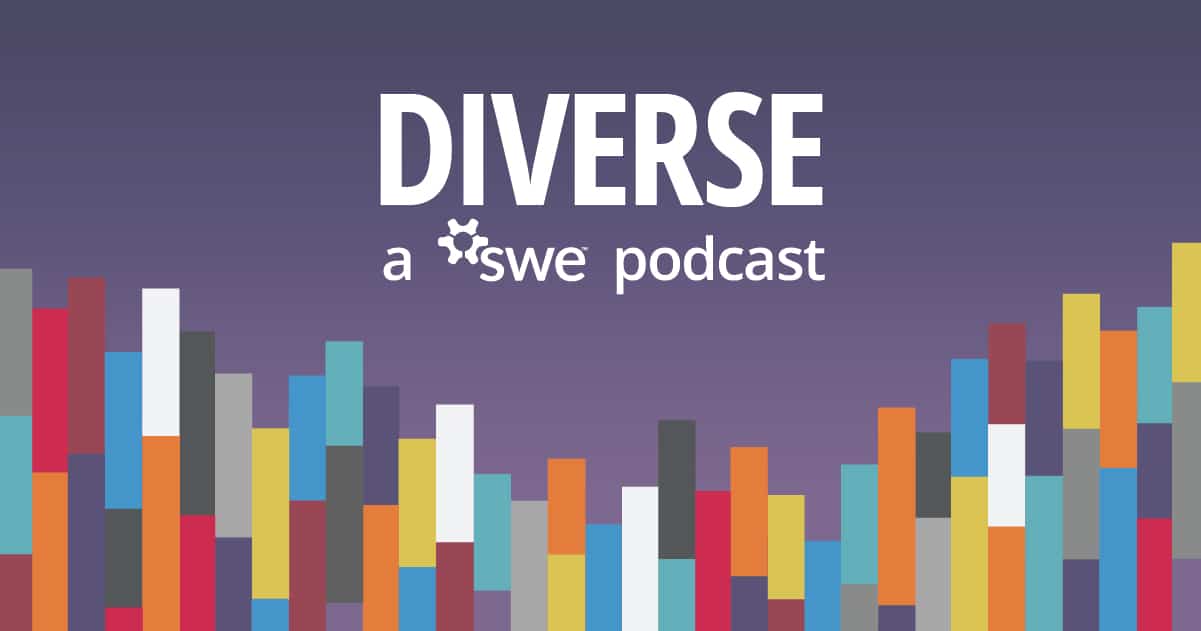If you buy something using links in our stories, we may earn a commission. Learn more.
Best for Most People
Breville Barista Express
Best Overall
Diletta Mio Espresso Machine
Runner-Up
Rancilio Silvia M
Best Luxury Espresso Machine
Diletta Bello+ Espresso Machine
Espresso machines are intimidating. Just look at them, with their screaming-hot metal, scalding steam, and polished chrome tubes. Each and every one of those weird little parts plays a role in shaping the perfectly pulled shot. Espresso is as personal as it is technical, which means that shopping for a home espresso machine is kind of a nightmare. Everyone has different but adamant opinions, and the machines themselves tend to be expensive.
That’s why we’ve put together this guide. After testing dozens of coffee machines over the years, the WIRED coffee nerds have pooled their opinions and expertise to compile a list of espresso machines to turn your kitchen into a café.
It’s hard not to be a caff-fiend when you work somewhere called WIRED, so it should come as no surprise that we have an extensive library of coffee coverage. Be sure to check out our other coffee guides, like the Best Latte & Cappuccino Makers, Best Portable Coffee Makers, Best Coffee Subscriptions, and Best Coffee Grinders.
Updated September 2024: We’ve added the La Marzocco Linea Mini, Terra Kaffe TK-02, and DeLonghi Magnifica Start; moved the Delonghi Specialista Arte Evo to Honorable Mentions; and updated links and prices.
-
Photograph: Breville
Best for Most People
Breville Barista Express
This Breville machine produces consistent pressure for espresso, steams milk with an easily adjustable steam wand, and even grinds beans for you. It’s basically a coffee shop that lives on your countertop. Just like its more expensive siblings (we also like the Barista Pro), the Barista Express builds up water pressure gradually—which you can watch on the included pressure gauge—ensuring a smooth and even extraction.
Its sturdy, mostly metal construction and easy cleaning have also helped make it a popular choice for several years now and a longtime favorite of ours. WIRED reviewer Julian Chokkattu has been using one with no issues for five years.
-
Photograph: Seattle Coffee Gear
Best Overall
Diletta Mio Espresso Machine
The Diletta Mio is everything an Italian-made espresso machine should be. It’s compact, stylish, built to last, and brews circles around the competition. It’s an absolute joy to use. The controls are all straightforward and pared down to the essentials. You have one button for power, one button for brewing, one button for steaming, and a switch to toggle between brew-ready and steam-ready modes. A good espresso machine should feel a little analog, like an heirloom-quality stand mixer.
The Mio keeps things just modern enough, though. It features a PID (proportional-integral-derivative) controller, essentially a little computer that uses an algorithm to monitor the machine’s internal temperature to keep it steady, or make sure it hits your desired temperature. Machines that don’t have a PID typically use an internal thermostat to determine if it has reached the proper temp, and then just like the thermostat in your home, it shuts off the heating element. That’s fine for keeping a house warm, but it tends to make your espresso inconsistent. It’s unusual to find this feature on an espresso machine at this price, and it makes sure every shot you pull is dialed in just how you want it.
-
Photograph: Rancilio
Runner-Up
Rancilio Silvia M
The Rancilio Silvia Pro (7/10, WIRED Recommends) is one of my favorite dual-boiler espresso machines. It’s packed with pro-grade features, and it’s built to last. This machine is not the Silvia Pro; it’s the Silvia M—but it’s almost identical and hundreds of dollars cheaper.
The sleek silver body is narrow enough to fit on most apartment countertops, and it produces consistent water and steam pressure—which means consistent, well-extracted, café-grade espresso. Most impressively, the interior of the machine doesn’t contain much plastic, and as you’ll be able to tell from its weight (30 pounds), this thing is built like a tank. By minimizing plastic inside and outside, the company has ensured the machine will last longer since repeated expansion and contraction caused by heat can make plastic components unstable over time.
-
Photograph: Diletta Espresso
Best Luxury Espresso Machine
Diletta Bello+ Espresso Machine
The Diletta Bello is on the higher end of the price range, but it will not only produce a perfect shot, it will make you a better barista. The Bello is a finicky machine, but that’s kind of a good thing. It’s so fine-tuned that anytime something is off about your shot (whether your coffee is too fine, your water too hot, or your tamp too loose), it will find a way to let you know.
Once you have your setup dialed in, it’s smooth sailing. I pulled shot after shot after shot from this machine, and each time I got perfect caramely crema and, rich, dark espresso. It’s easily the most consistent machine I’ve ever used, and if you’re ready to drop the cash for it, the Bello is more than worth the price of entry.
-
Photograph: Julian Chokkattu
An Even More Luxurious Machine
La Marzocco Linea Mini
I spent two weeks with the Linea Mini, the 2023 updated version of La Marzocco’s home espresso machine. This is the same company that makes the fancy espresso machines you’ll see in coffee shops around the world, and that is in large part a reason to buy the Linea Mini at this eye-searing price. It looks absolutely fantastic, has the brand’s reputation to back it up, and it’s serviceable, so you can expect it to last a very long time on your countertop. La Marzocco’s service also seems to be exceptional, as I spent an hour on the phone with someone in its customer service team just to get help dialing the system in. (I guess you should expect as much after dropping this kind of cash.)
If you’re spending this much, you’ll want to invest in a good grinder and even a scale. I tried the Acaia brew-by-weight scale ($400) that automatically connects to the Linea Mini via the companion app, and it lets you set the dose you want for precise espresso measurements. (That said, I wish this scale was just integrated into the machine itself.) What the Linea Mini really showed me was that there is so much room for experimentation with coffee, and it gives you that freedom to adjust things the way you want. It also has a killer cool-touch steam wand that froths milk in seconds. It got me closer to making the perfect coffee shop latte, though I still need to work on my latte art. —Julian Chokkattu
-
Reviewing The La Marzocco Linea Mini
Reviewing The La Marzocco Linea Mini
-
Photograph: Breville
Best for Cramped Countertops
Breville Bambino
The Bambino is a cute little thing about the size of two cereal boxes side by side. It’s a small, no-frills espresso machine—just a steam wand and buttons for power, one shot, and two shots—but it manages to pack some serious brewing power. There’s no shot timer or adjustable temperatures. It’s a little boiler inside a little machine, but it can extract espresso every bit as well as bigger and more expensive Breville machines.
It’s lightweight, so make sure you brace it with both hands when you’re twisting the portafilter in place; mine had a habit of sliding around.
-
Photograph: KitchenAid
Whisper Quiet Two-in-One
KitchenAid Semi Automatic Espresso Machine
Kitchenaid’s Semi Automatic Espresso Machine (8/10, WIRED Recommends) makes consistently great espresso, froths up milk perfectly every time, and it even includes a conical burr grinder. The grinder is the secret ingredient though, because it’s probably the quietest grinder we’ve ever tested. It’s quiet enough to have a conversation while you’re grinding coffee, and (probably) won’t wake up your roommates.
It also has some little quality-of-life features that are just nice to have. It has wheels so it’s designed to be pulled out from your counter and tuck back in against the wall. And the grinder and portafilter even have little LED spotlights that turn on when you’re grinding coffee or pulling espresso.
-
Photograph: Delonghi
Best Budget Espresso Machine
Delonghi Stilosa Espresso Machine
Finding a good inexpensive espresso machine is tough, but the Delonghi Stilosa is one of our all-time faves, and it’s usually around $100. You’re not going to get high-end features like a pressure gauge or built-in grinder, but what the Stilosa does provide is everything you need to make great espresso at home: a solid portafilter, a reliable steam pump, and a steaming wand. It is a little light, so you’ll want to brace it when you mount and dismount the portafilter (or it might slide around on you).
After brewing cup after cup of espresso, the Stilosa never showed signs of slowing or breaking down the way many inexpensive machines can. If an espresso maker is too cheaply made, after a few months of use you’ll often start to see a sputtering steam wand and notice that the machine is struggling to build up pressure. We never saw these symptoms in the Stilosa. It’s not as quick or powerful as the premium machines on this list, but it’s a great place to start learning the ins and outs of espresso, and it will serve you well for a long time to come.
-
Photograph: Tyler Shane
Best for Milk-Based Drinks
Delonghi Magnifica Start Espresso Machine with LatteCrema System
The Delonghi’s Magnifica Start sits in the middle of the road between user-friendly and sophisticated. Fixed with a conical burr grinder and four preset recipes at the touch of the button (it boasts five, but I’d argue that the hot water button isn’t a recipe), the Magnifica Start will brew an espresso as smooth and potent as you can get from any coffee shop. The biggest benefit is the milk carafe, which produces some seriously luxurious frothed milk—some of the best I’ve had from an automated machine. Just snap the carafe into the hot water spout and it will froth milk and milk alternatives to a beautiful foamy consistency. You’ll have to move the carafe in and out of the fridge and clean it regularly.
Milk-based recipes at the touch of a button are a latte macchiato and cappuccino. Espresso and Americanos are the espresso-based options. There’s a slot for ground beans and a hopper for whole beans. I was surprised to enjoy each recipe’s preset measurements enough, but when I went in to adjust the grind size, it required quite a bit of trial and error, however. If you want to get picky with brew strength, grind size, and water temperature, the machine isn’t exactly intuitive, so you’ll have to become friends with the user manual.
It’s not the quietest machine (after a while, it will put itself to sleep for you, which I appreciate, as I always forget), and the water tank is small, holding only 60 ounces, so you’ll have to refill it often. Nevertheless, the machine is overall compact and efficient, making it a solid investment for those who want the best of both worlds: milk and espresso coffee drinks at the press of a button.
-
Photograph: Tyler Shane
If You Also Want Drip Coffee
Terra Kaffe TK-02
The Terra Kaffe is a pricey hunk of machinery and has its bugs, but considering its ease and customizability, it’s worth the price. And, if you’re looking for the best of both worlds—quality espresso and true drip options—then it’s truly incomparable. Its boxy, sleek design is built around convenience with a smart screen and all its compartments—the water filter, waste tray, and milk carafe—being front-facing. Everything is easily accessible and easy to clean. Plus, you’ll be notified when cleaning or refilling is necessary.
The Terra Kaffe app (available for iOs and Android) is one of the biggest upgrades separating the TK-02 model from its predecessor, the TK-01. The majority of the machine’s controls are accessible right from your phone, so you can begin warming up the machine from your bed right when you wake up. Everything is customizable through the app, and drinks like latte macchiatos, drips, and iced coffee can all be adjusted to your tastes (I personally appreciated the specificity of measurements: Coffee is measured in grams and water temperature is given in degrees). On the actual machine, a milk frothing dial allows you to adjust the milk’s texture from foamy to silky.
Initially, the milk froth wasn’t coming out as hot as I would have liked. While it didn’t bother me too much (I wait until my coffee cools a bit before drinking), it might bother others. Luckily, with Terra Kaffes’ updating system, quirks like this are quickly resolved. As mentioned, the machine can be buggy. I kept being notified that the waste tray was full when it wasn’t, yet there’s no notification if the coffee bean hopper is empty, which might result in some wasted milk if you were intending to make a cappuccino. Still, these quirks are fairly minor. Beyond convenience, the Terra Kaffe is ideal if you’re looking for true drip options along with espresso-based drinks. Many espresso machines offer a drip, but it’s really a watered-down Americano. The Terra Kaffe offers a true drip made with a coarse grind. A couple weeks into testing this machine and I began to clear all other coffee equipment from my counter—including my Chemex pour-over, espresso machine, and electric kettle.
-
Photograph: JEFFREY MICHAEL WALCOTT/Flair
Best Hand-Powered Machine
Flair Classic Espresso Maker
There’s something satisfying about literally pulling your own espresso, and this machine allows you to do exactly that. There’s no milk steamer, no boiler, not even a power cable. This thing is all human-powered. You just load it up with coffee and water per the manufacturer’s instructions and give it a good press. There’s an included pressure gauge so you can keep your extractions as consistent as possible.
-
Photograph: Aeropress
Best for Portability
AeroPress Go
This is another human-powered “espresso” machine, and it’s great for travel. Think of it like a big syringe: You fill it with coffee and hot water, push down the plunger, and enjoy a cup of coffee!
It’s not exactly espresso. Coffee technically needs to be extracted under at least 9 bars of pressure to be considered espresso, and the AeroPress is an infusion brewing device: The water and coffee grounds hang out and steep like tea. Still, pushing the water through the grounds does make for a cup of coffee that’s espresso-like, offering the same kind of rich complex flavors you’d get out of a traditional pressurized extraction.
-
Photograph: Amazon
Great for Stovetops
Primula Stainless Steel Moka Pot
My first coffee pot was a Moka pot, and it lasted for ages. This one is solid stainless steel, with a few plastic accents, like the grip, and it’s a reliable pick for coffee that’s stronger than what you’d get from a standard drip machine. If you want to get technical, espresso must be extracted under at least 9 bars of pressure, and most stovetop Moka pots just don’t make the cut—this one included. However, if you aren’t picky, it’s often close enough. With a good milk frother like this one, you can make a killer latte with this stovetop not-quite-an-espresso machine.
-
Photograph: Fellow
Pre-Brew Accessories
Bean Storage, Tamps, and More
There’s always room to up your game, and there are quite a few additional tools that can help you make the best espresso possible. These are all tools you’d employ before the brew, setting the stage for the perfect extraction.
Fellow Atmos Canister for Coffee Beans ($40): A vacuum canister is a great way to store your coffee beans. By vacating the chamber of all air every time you close it, the Fellow Atmos slows down the degradation of all those flavorful oils and chemical compounds inside your freshly roasted beans.
Oxo Conical Burr Grinder ($100): This is one of our top picks in our Best Coffee Grinders guide, and it’s a good choice for espresso. Espresso requires a fine and consistent grind, the likes of which you can easily get out of a burr grinder. Just be sure to get in there and give your burrs a sweep now and then—maintenance that the Oxo makes easy, with a bean bin that snaps apart without any fuss.
Bottomless Portafilter ($50): Nothing will improve your experience of watching espresso brew like a bottomless portafilter. Not because it will make your coffee better; it’ll make you better by making you more aware of your mistakes and inconsistencies. Bottomless portafilters are finicky, and when your grind is off or you’ve over-tamped your grounds, the bottomless portafilter lets you see that in how the espresso coats the bottom of the filter and pours down into the cup. Be sure to double-check the circumference on your espresso machine’s group head, though (the place the filter attaches). There are a number of standard sizes, so you need to make sure you order the right one. The most common are 53 mm and 58 mm, and almost every bottomless portafilter comes in each of these sizes.
Crema Distributor & Tamp ($39): Once you put your grounds into your portafilter, the next step is giving them a good, even tamping. You want to use about 30 to 40 pounds of pressure, and while you can use a scale to determine exactly what that feels like, I find it’s better to just press with your upper body, then extract a shot and see how it went. If it’s too bitter, you tamped too hard; if it’s too watery you didn’t tamp hard enough. A distributor (also called a leveler) makes it easy to get an even surface for you to tamp, and this one has a tamp on one side and a distributor on the other so you can level off your beans, then flip this tool over and give ’em a good tamp. Just make sure you get one that fits the circumference of your machine’s portafilter!
Duralex Picardie Shot Glasses, Set of Six ($20): These are my favorite shot glasses in general, but they’re also great espresso shot glasses—tall and narrow enough to allow a wonderfully aerated crema to form on top, and made of tempered glass so they can stand up to the heat. They’re also great for serving up smaller drinks like macchiatos—a shot of espresso with a dollop of froth on top.
-
Photograph: Origami Japan
Post-Brew Accessories
Steamer Pitchers, Syrups, and More
Once your espresso is brewed, steaming away in its tiny little cup, it’s time to consider just what you’re going to do with it. These are some of my favorite accessories for mixing up an excellent beverage, hot or iced.
WPM Wide Mouth Steaming Pitcher ($37): Most hot espresso drinks call for steamed milk, and to steam milk you’re going to need a steamer carafe. Your machine probably came with one, and it’s probably perfectly fine! Think of this pitcher as an upgrade. It’s angled to provide ample room for you to steam up and polish your milk, it’s made of solid stainless steel, and it has a cute little paint job. What’s not to like?
Holy Kakow Flavored Syrups ($20): If you’re mixing up a sweet drink, you should consider investing in high-quality syrups. Holy Kakow is my favorite brand by far, and it’s a mainstay of cafés in the Pacific Northwest. If you’ve ever had a mocha in Portland and wondered why yours don’t ever taste that good, it’s because of Holy Kakow. The company makes a variety of different syrups, but my favorite is definitely the chocolate syrup. I’m a sucker for a good iced mocha.
-
Photograph: Amazon
Honorable Mentions
Some other good picks
We are testing espresso machines year-round, and unfortunately not every machine we end up liking is the kind of thing we’d consider the best at something. That said, we did still enjoy these machines, so we’ve included a little bit of info about them for you to check out.
Breville Barista Express Impress for $873: This espresso machine (6/10, WIRED Recommends) is the more tricked-out sibling of our top pick, the Breville Barista Express. It includes more grind and dosing settings and automates some of the more complicated parts of brewing consistently good espresso, like getting just the right amount of beans ground per shot.
Breville Dual Boiler for $1,600: The Dual Boiler (9/10 WIRED Recommends) is an absolute tank of an espresso machine. It’s huge. It’s heavy. It makes amazing espresso. But while its size makes brewing espresso feel luxurious, you have ample space to have all your tools and accouterments on hand. Because it has two boilers inside, you can brew shot after shot, with steamed milk and hot water at the same time, without having to wait in between shots. That’s not exactly essential to the espresso experience, unless you’re running a café out of your house, but it is nice to whip up two or three drinks in a row without any downtime.
Delonghi Specialista Arte Evo for $700: This two-in-one espresso machine with a built-in burr grinder makes great espresso right out of the box and is slimmer than any of the other espresso machines in its category, It does have a couple quirks: It includes a little plastic adapter needed to attach the portafilter to the grinder spout, and a little stepstool for your espresso cup to keep the coffee from splashing. But otherwise, it’s an excellent espresso machine.

